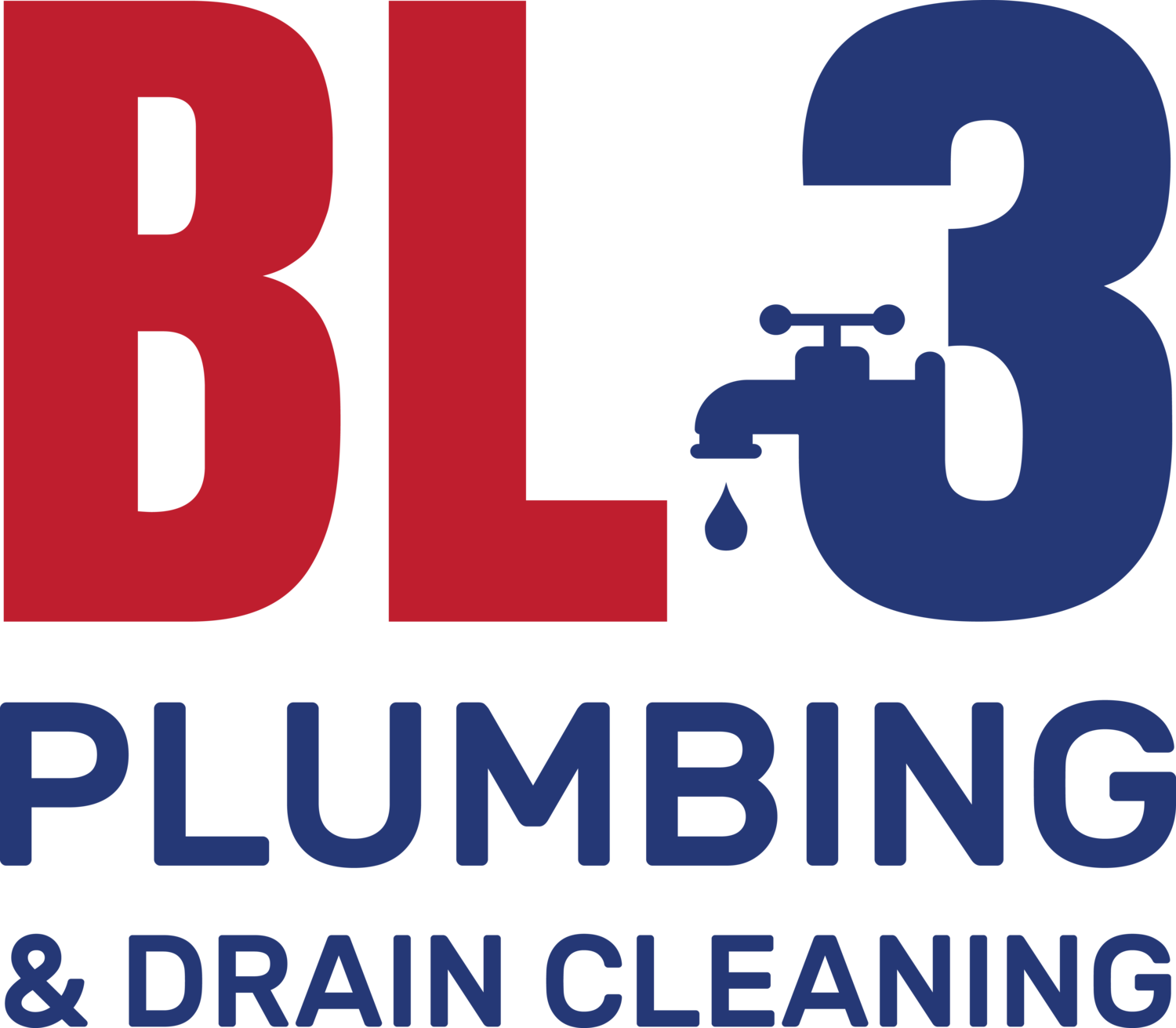Have you noticed an increase in your water bill lately? Whether the increase happens over time or suddenly, a higher water bill can be a sign that you’ve got plumbing-related problems, including things like sewer line seepage, hot water tank leakage and nondestructive slab leaks.
Obviously, if you’ve recently installed a new irrigation system or filled your pool, your water bill will be higher, but otherwise, plumbing issues could be the root cause. We’ve put together a list of tips to help you find problems and be proactive about lowering your water bill. Let’s dive in!
Repair Any Leaks
Perhaps the most obvious cause of higher water bills is a leak in your plumbing system. This issue can be insidious since you may not notice small increases over a long period of time. And even a small leak can waste large amounts of water.
Damage to Flooring and Walls
Aside from a more expensive water bill, leaks can damage flooring and walls, which can lead to more expensive problems and perhaps even having to spend thousands of dollars on replacements and repairs. Additionally, a loose valve, cracked pipe or leak in your water heater can cause a buildup of condensation that may lead to a mold problem (and even more dollar signs to fix the problem).
Heater Inspections and Repairs
Happily, you can avoid these costly problems by having a professional plumber regularly perform inspections of your plumbing system, including your water heater, even if it’s only a few years old. If you have a tank system, you’ll need to flush and clean it regularly to evacuate sediment and other deposits. And if necessary, replacing a leaky water heater can recoup the initial investment over time.
Tankless Water Heaters
Another possible solution is to have a tankless water heater installed, which produces hot water on demand rather than, like a tank system, running periodically to achieve the desired water temperature.
Regular Inspections
Ideally, you should have a professional plumber inspect your water heater twice a year. Finding a problem early on can save hundreds in water bills and thousands in larger repairs.
Install New Bathroom Fixtures
Old showerheads can waste up to 25 gallons of water for a shower that lasts 10 minutes—that’s 2.5 gallons per minute! Old taps and faucets can mean inefficiencies that lead to higher water bills.
And installing new bathroom fixtures doesn’t mean giving up luxury. For example, a rainfall shower head with it’s gentle, raindrop-like feature provides the same coverage and level of comfort as a regular shower head. And replacing bathroom fixtures can save you 2.5 liters of water per minute!
Install Aerators
Aerators filter water into multiple streams that not only cut down on water flow but do so without compromising performance. This can improve water pressure without sacrificing efficiency. Having a plumber install low-flow aerators can reduce water consumption further, saving you more money on your water bill.
It’s a good idea to have a plumber clean the aerators on your water fixtures because sediment and other deposits can build up over time and reduce efficiency. This has the added benefit of increasing water pressure as well.
Upgrade to Low-Flow Fixtures, Shower Heads and Toilets
The great thing about low-flow fixtures is that they use less water without reducing pressure and increase the amount of water you save when you flush a toilet.
You can hire a plumber to replace internal flushing systems in the toilet water tank with low-flush parts, which can reduce water consumption greatly. Another option is to have a plumber install a new toilet that uses water-conserving features that will help lower your water bill.
Hire a Certified Professional Rather Than Employing a DIY Solution
BL3 Plumbing & Drain Cleaning is a family-owned business providing expert plumbing services when you need them most. No project is too big or small. Not only do we provide expertise with no hidden charges or fees, but we also offer a 100% customer satisfaction guarantee. Contact us today to schedule an estimate for your commercial or residential plumbing needs in the Moore and OKC metros.

